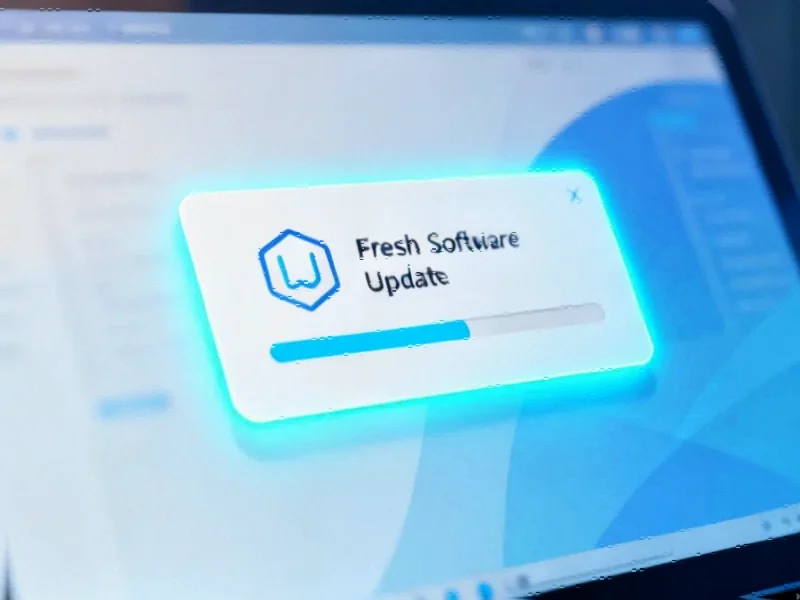According to Windows Central, Microsoft ended support for Windows 10 on October 14, 2025, leaving approximately 400 million PCs without security updates. This has created massive demand for tools like Flyoobe that bypass Windows 11’s strict hardware requirements including TPM 2.0 chips and 4GB RAM. Bad actors are now exploiting this desperation with a malicious copycat version hosted on an official-looking domain. Flyoobe’s developer has issued warnings on GitHub urging users to only download from the official page. Meanwhile, Microsoft’s Extended Security Updates program costs $30 or requires cloud syncing, except in the European Economic Area where it’s free. The situation escalated when YouTube removed videos about installing Windows 11 with local accounts, though they were later restored after user backlash.
When desperation breeds danger
Here’s the thing about Microsoft’s Windows 10 cutoff – it’s creating exactly the kind of chaotic environment where malware thrives. You’ve got 400 million perfectly functional computers suddenly deemed “obsolete,” and people who can’t afford new hardware scrambling for solutions. Flyoobe basically became the hero these users needed, but now the villains have noticed. Tom’s Hardware spotted the fake site that looks convincing enough to trick anyone who’s just searching for “how to upgrade to Windows 11 on old PC.”
Microsoft’s messy transition
Look, Microsoft clearly wants everyone on Windows 11. They’re even making bold claims about Copilot+ PCs being “2.3x faster.” But when you cut off 400 million machines and your upgrade path requires hardware most people don’t have, what did they expect would happen? The Extended Security Updates program feels like an afterthought – $30 here, some cloud syncing there. And groups like PIRG are absolutely right to call it a “band-aid on a bleeding system.” Basically, Microsoft created this problem, and now regular users are stuck navigating minefields of malware while trying to keep their computers running.
The bigger picture problems
This whole situation reveals some uncomfortable truths about where computing is headed. First, there’s the YouTube content takedown saga – videos about using local accounts mysteriously flagged as “harmful or dangerous content.” Was it Microsoft pressure or AI moderation gone wild? Either way, it shows how centralized control over tech information is becoming. Then there’s the privacy angle – Linux and ChromeOS are gaining converts specifically because they don’t have Windows 11’s ads and telemetry. Flyoobe’s GitHub warnings are just the beginning of what we’ll see as more users reject Microsoft’s upgrade path.
So what happens next?
I think we’re witnessing a fundamental shift in how people approach their computers. The days of trusting big tech companies to do right by older hardware might be ending. We’ll probably see more tools like Flyoobe emerge – and more copycats trying to exploit them. The real question is whether Microsoft will acknowledge the scale of this problem or just keep pushing people toward new hardware they might not want or afford. Meanwhile, 400 million computers are sitting ducks, and the vultures are already circling.




